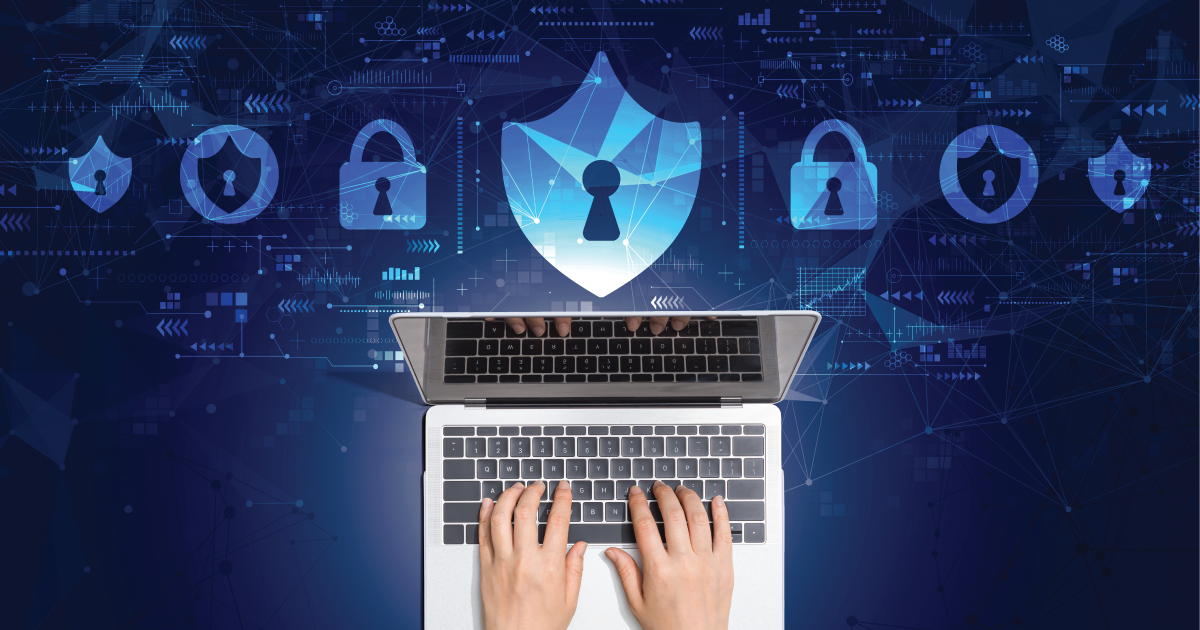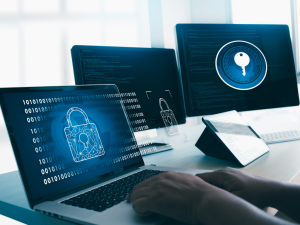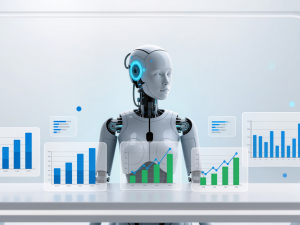Cyberattacks used to feel like distant problems, something that happened to big corporations once in a blue moon. But since 2020, the threat landscape has completely changed. Ransomware groups now operate like businesses, data breaches hit millions in a single strike, and a single overlooked line of code can bring global systems to their knees.
Remote work accelerated everything. Suddenly home networks, personal devices, cloud apps, and unmanaged endpoints became part of the work environment. Every new tool created a new doorway for attackers to test.
That’s why looking at real incidents matters. These hacks reveal what attackers target, how they infiltrate systems, and what their actions cost. More importantly, they tell IT learners and cybersecurity professionals exactly what skills they need to stay ahead.
Now, let’s break down the five most widely discussed cyber incidents since 2020 and the lessons they leave behind.
SolarWinds Supply Chain Attack (2020)
The SolarWinds breach was a turning point in cybersecurity. Attackers managed to infiltrate SolarWinds’ Orion software, a tool used by thousands of global organizations and slip malicious code into one of its routine software updates. When unsuspecting clients installed the update, they unknowingly opened the door to one of the most sophisticated cyber-espionage campaigns ever uncovered. This attack reached major US government agencies and Fortune 500 companies, exposing how fragile the global software supply chain can be.
The biggest learning here is that trust in third-party tools can no longer be blind. Organizations need to adopt zero-trust security models, continuously monitor vendor behaviour, and treat supply-chain dependencies as high-risk assets. SolarWinds proved that the weakest link in your system may not be your own network at all, it may be the tools you rely on every day.
Colonial Pipeline Ransomware Attack (2021)
In 2021, a single compromised password halted one of the largest fuel pipelines in the United States. The Colonial Pipeline attack brought daily life to a standstill, causing widespread fuel shortages and panic across multiple states. The attackers used ransomware to encrypt the company’s systems, forcing operations to shut down until a payout was negotiated.
This incident exposed how devastating ransomware can be when it targets critical infrastructure. It also highlighted something uncomfortable but true: basic cyber hygiene can prevent massive disasters. If multi-factor authentication had been enforced, that compromised password wouldn’t have opened the door. The fallout also underscored why companies need proper network segmentation and a well-tested incident-response plan. When one entry point collapses an entire system, the system was never designed for resilience.
Log4j Vulnerability Exploit (2021–2022)
The Log4j flaw was one of the most widespread vulnerabilities in recent memory. Log4j, a simple logging library used almost everywhere from enterprise servers to consumer devices, suddenly became a gateway for remote code execution attacks. Once the vulnerability was disclosed, attackers rushed to exploit it, forcing governments and companies worldwide to scramble for emergency patches. Even giants like Apple, Amazon, and major cloud providers were affected.
This episode revealed a hard truth: even the smallest component in a tech stack can create enormous risk. It reinforced the need for disciplined patch management, better visibility into open-source dependencies, and secure coding habits across the industry. Log4j wasn’t a sophisticated hack. It was a reminder that neglecting updates can put the entire digital ecosystem at risk.
Uber Data Breach (2022)
Uber’s breach showed that sometimes hackers don’t need technical brilliance, they just need to trick people. In this case, a contractor’s stolen credentials allowed an attacker to flood them with repeated MFA requests until they approved one out of frustration. Once inside, the hacker gained access to internal systems and sensitive data, sparking major concerns about Uber’s internal security practices.
The breach made one thing very clear: the human element is still cybersecurity’s weakest link. Even the most advanced systems can fail if employees are not trained to recognize manipulation tactics. It also pushed more companies to rethink their authentication strategies and adopt stronger identity-security measures. Culture, communication, and ongoing security awareness suddenly became just as important as technology.
MOVEit Data Breach (2023)
The MOVEit breach was another large-scale event, driven by a zero-day vulnerability in a popular file-transfer software. The Cl0p ransomware group exploited the flaw to access sensitive files belonging to thousands of organizations, from government departments to major financial institutions. What made this attack particularly alarming was the speed and precision with which the attackers acted before patches were ready.
The main takeaway is sobering: attackers are always several steps ahead, and organizations need to anticipate vulnerabilities before they’re exploited. Continuous vulnerability scanning, proactive patching, and rigorous auditing of file-transfer systems have become non-negotiable. MOVEit also reinforced that old assumptions about “secure internal tools” no longer hold true in a world where every entry point can be targeted.
What These Hacks Tell Us About the Future of Cybersecurity
Look closely at these five incidents and a pattern emerges. Modern cyber threats aren’t random; they’re systematic, fast, and increasingly tied to software supply chains, human behaviour, and overlooked vulnerabilities. Supply-chain attacks like SolarWinds show how deeply interconnected systems have become. Ransomware events like Colonial Pipeline reveal the growing consequences of infrastructure failures. Vulnerabilities like Log4j and MOVEit expose how dependent the world is on third-party code. And breaches like Uber remind us that even the strongest defenses can crumble when human awareness is low.
What all of this tells us is simple: the cybersecurity landscape demands professionals who are flexible thinkers, skilled problem-solvers, and able to respond to emerging threats in real time. Knowledge alone isn’t enough practical skill and adaptability matters more than ever.
Ascend Education’s Take
Every cyber incident discussed above reinforces the same idea: the next generation of cybersecurity professionals must be trained through real-world exposure, not just theory. Ascend Education builds its cybersecurity courses around that exact principle. Instead of passive learning, students work through hands-on virtual labs that simulate actual attack scenarios from ransomware containment to privilege escalation and network forensics.
These simulations help learners understand how a breach unfolds, how attackers think, and how defenders should respond. The labs align with industry-recognized certifications like Security+, CySA+, and PenTest+, giving students both the credentials and the confidence needed in today’s threat landscape. And because Ascend continuously updates lab environments, learners stay aligned with the rapidly changing realities of cybersecurity.
At the heart of it, Ascend Education believes that cybersecurity isn’t just a subject it’s a skillset built through practice, pattern recognition, and resilience. Real threats demand real training, and that’s the foundation of every course Ascend delivers.
FAQs
1. What is the biggest cyberattack in recent years?
There’s no single “biggest,” but the SolarWinds breach is often considered the most far-reaching. It quietly compromised global government networks and private enterprises through a trusted software update, proving just how vulnerable supply chains can be.
2. How do ransomware attacks typically start?
Most ransomware attacks begin with something surprisingly simple: a stolen password, a weak login, or a user clicking on a malicious file. Once attackers enter the network, they move laterally, encrypt systems, and demand payment to unlock them.
3. Why are supply-chain hacks so dangerous?
Supply-chain hacks abuse trust. Instead of attacking a single organization, attackers compromise a tool or vendor used by thousands. One breach suddenly becomes a doorway into countless networks, making the impact wider and harder to detect.
4. How can IT professionals prepare for future cyber threats?
Preparation starts with hands-on exposure. Professionals need real practice with incident response, vulnerability scanning, secure configuration, and threat detection, the kind of work you only truly understand by doing. Continuous learning and staying updated with threat trends are essential.
5. What cybersecurity certifications help defend against modern attacks?
Certifications like CompTIA Security+, CySA+, and PenTest+ build the exact skills needed to handle today’s threats from analyzing breaches to hardening networks. These credentials pair well with virtual lab training that mirrors real attack scenarios, such as those offered by Ascend Education.






